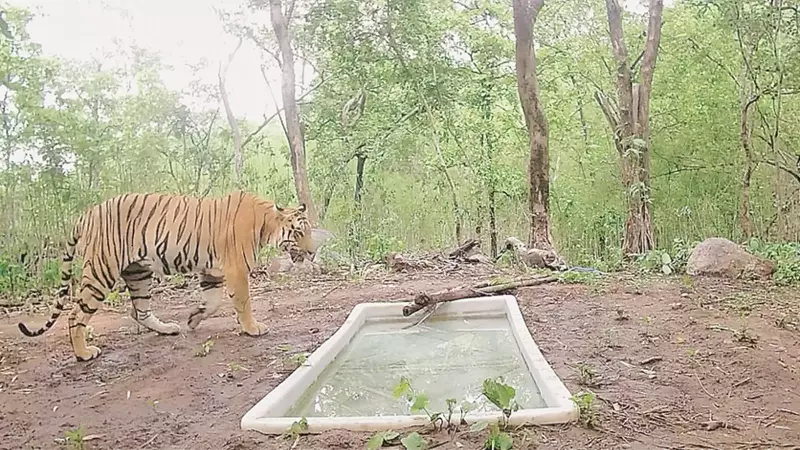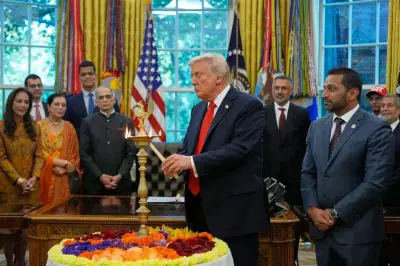
The Return of the Royal Predator
In a remarkable wildlife conservation success story, Gujarat has witnessed the return of a tiger to its forests decades after the majestic big cat was declared extinct in the state. The tiger has established its territory in Dahod district's Ratanmahal Wildlife Sanctuary, creating excitement among forest officials and conservationists alike.
The area has been under constant monitoring since the tiger's presence was first detected nine months ago. This development marks a significant milestone for Gujarat's biodiversity, making it one of the few states in India to host three out of four big cats - lions, tigers, and leopards - with plans underway to introduce the fourth, the cheetah.
Historical Comeback After Decades
The tiger was first captured on camera traps on February 23, 2025, ending the long absence of the species from Gujarat's forests since the 1980s. The initial sighting occurred when forest staff from Pipalgota Round, Kangeta Range observed unusual animal movements during their regular patrolling.
Arjun Modhwadia, Cabinet Minister for Forests and Environment, expressed his enthusiasm about this development. "There was once a large presence of tigers in Gujarat, but over time, the tiger species became extinct in the state. However, it is a matter of joy for us as the tiger has made Gujarat its new home. We have informed the National Tiger Conservation Authority," he stated.
The confirmation came after careful analysis of camera trap images and footprint evidence. "On February 22, around 2:40 am, a picture of a tiger was captured. Hence, the large footprints seen later in the morning were confirmed to be those of a tiger," Minister Modhwadia explained.
Conservation Efforts and Future Plans
Since the tiger's presence was confirmed, the forest department has implemented comprehensive monitoring and conservation measures. The sanctuary area bordering Jhabua and Kathiwada regions of Madhya Pradesh - both known for their tiger populations - is now under enhanced surveillance.
The number of camera traps has been significantly increased in the area to track the tiger's movements and ensure its well-being. Forest authorities have taken multiple steps to create a suitable habitat, including ensuring water availability, enhancing security measures, implementing fire prevention protocols, and maintaining adequate prey population.
"The number of predatory animals has increased. Apart from this, sambar and cheetal are also released here during the monsoon. Pictures confirming the presence of the tiger are being captured in the trap camera. Its movement was under our surveillance. The visuals and monitoring confirm that the tiger is healthy," Modhwadia added.
Meanwhile, Gujarat continues to advance its ambitious Project Cheetah, preparing Banni Grasslands in Kutch - Asia's largest grasslands - to host a cheetah breeding and conservation centre. A 600-hectare enclosure is being developed with joint funding from the Central government and the Gujarat state government.
Officials attribute this wildlife success to effective forest conservation measures under Prime Minister Narendra Modi's leadership and Chief Minister Bhupendra Patel's guidance. The settlement of the tiger and growth in lion population serve as testament to Gujarat's commitment to wildlife preservation and ecological balance.





